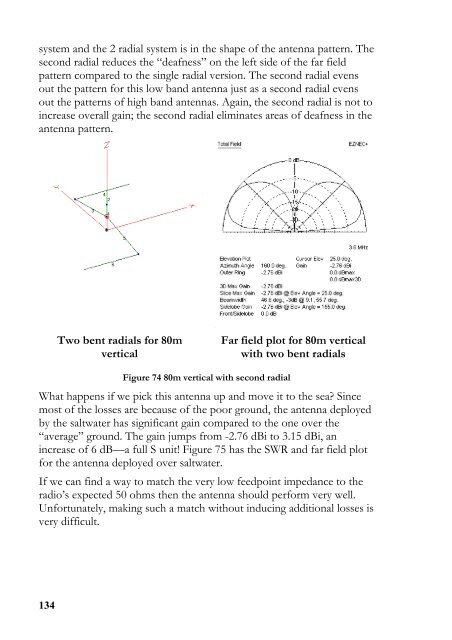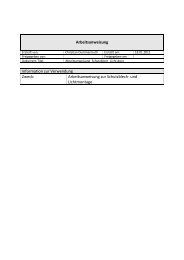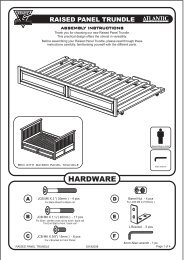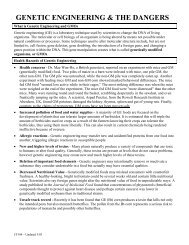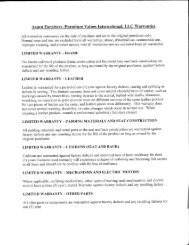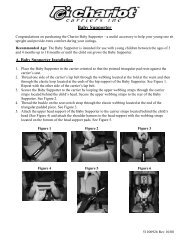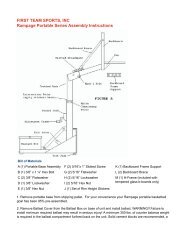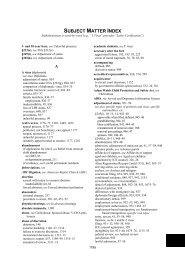BUDDIPOLE IN THE FIELD
BUDDIPOLE IN THE FIELD
BUDDIPOLE IN THE FIELD
Create successful ePaper yourself
Turn your PDF publications into a flip-book with our unique Google optimized e-Paper software.
system and the 2 radial system is in the shape of the antenna pattern. The<br />
second radial reduces the “deafness” on the left side of the far field<br />
pattern compared to the single radial version. The second radial evens<br />
out the pattern for this low band antenna just as a second radial evens<br />
out the patterns of high band antennas. Again, the second radial is not to<br />
increase overall gain; the second radial eliminates areas of deafness in the<br />
antenna pattern.<br />
Two bent radials for 80m<br />
vertical<br />
Far field plot for 80m vertical<br />
with two bent radials<br />
Figure 74 80m vertical with second radial<br />
What happens if we pick this antenna up and move it to the sea? Since<br />
most of the losses are because of the poor ground, the antenna deployed<br />
by the saltwater has significant gain compared to the one over the<br />
“average” ground. The gain jumps from -2.76 dBi to 3.15 dBi, an<br />
increase of 6 dB—a full S unit! Figure 75 has the SWR and far field plot<br />
for the antenna deployed over saltwater.<br />
If we can find a way to match the very low feedpoint impedance to the<br />
radio’s expected 50 ohms then the antenna should perform very well.<br />
Unfortunately, making such a match without inducing additional losses is<br />
very difficult.<br />
134


